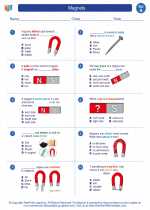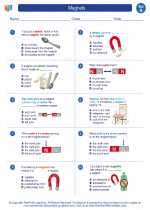The Skeletal System
The skeletal system is the framework of bones that supports the body, protects organs, and allows movement. It is made up of bones, cartilage, and connective tissues.
Functions of the Skeletal System
- Support: The bones provide a framework for the body, supporting the muscles and organs.
- Protection: The skull protects the brain, while the rib cage protects the heart and lungs.
- Movement: Bones act as attachment points for muscles, allowing movement.
- Production of Blood Cells: The bone marrow produces red blood cells, white blood cells, and platelets.
- Storage of Minerals: Bones store minerals such as calcium and phosphorus, which are essential for bone health.
Types of Bones
There are two main types of bones in the skeletal system:
- Compact Bones: These are dense and strong bones that provide support and protection.
- Spongy Bones: These bones have a porous structure and are responsible for producing blood cells.
Major Bones in the Human Body
The human body has 206 bones, which can be categorized into:
- Axial Skeleton: Includes the skull, vertebral column, and rib cage.
- Appendicular Skeleton: Includes the bones of the upper and lower limbs, shoulder, and pelvic girdle.
Common Skeletal System Disorders
Some common skeletal system disorders include:
- Osteoporosis: A condition characterized by weakening of the bones.
- Arthritis: Inflammation of the joints, leading to pain and stiffness.
- Scoliosis: Abnormal curvature of the spine.
Study Guide
To study the skeletal system, consider the following:
- Memorize the names and locations of major bones in the body.
- Understand the functions of the skeletal system and how it supports the body.
- Learn about common skeletal system disorders and their effects on the body.
- Explore the role of the skeletal system in producing blood cells and storing minerals.
Understanding the skeletal system is essential for grasping the body's structure and functions. Take time to review and understand the various components and functions of this vital system.
[Skeletal System] Related Worksheets and Study Guides:
.◂Science Worksheets and Study Guides First Grade. Magnets
Study Guide Magnets
Magnets  Worksheet/Answer key
Worksheet/Answer key Magnets
Magnets  Worksheet/Answer key
Worksheet/Answer key Magnets
Magnets  Worksheet/Answer key
Worksheet/Answer key Magnets
Magnets  Vocabulary/Answer key
Vocabulary/Answer key Magnets
Magnets 

 Worksheet/Answer key
Worksheet/Answer key
 Worksheet/Answer key
Worksheet/Answer key
 Worksheet/Answer key
Worksheet/Answer key
 Vocabulary/Answer key
Vocabulary/Answer key

The resources above cover the following skills:
PHYSICAL SCIENCE (NGSS)
Waves and their Applications in Technologies for Information Transfer
Students who demonstrate understanding can:
Plan and conduct investigations to provide evidence that vibrating materials can make sound and that sound can make materials vibrate.
Use tools and materials to design and build a device that uses light or sound to solve the problem of communicating over a distance.